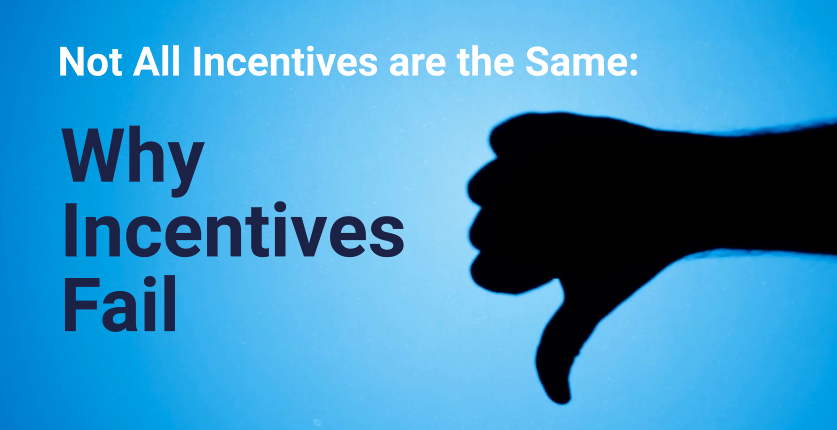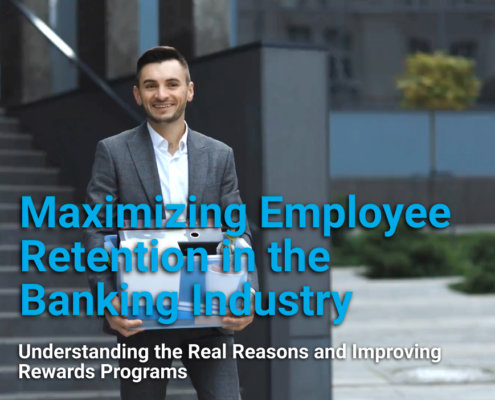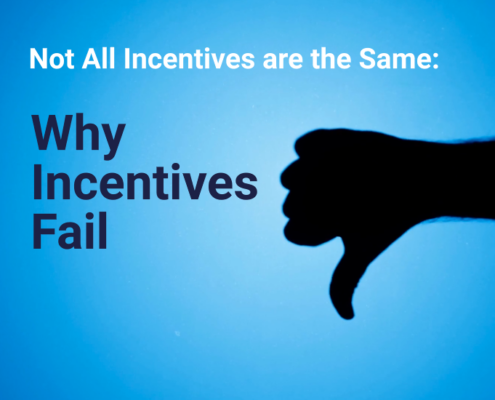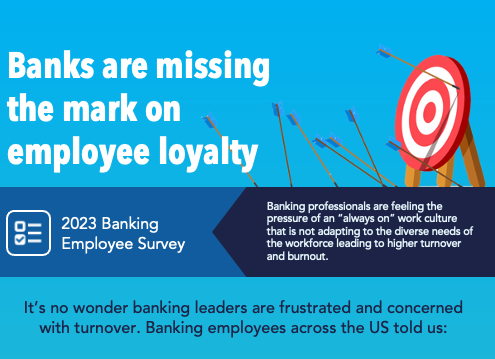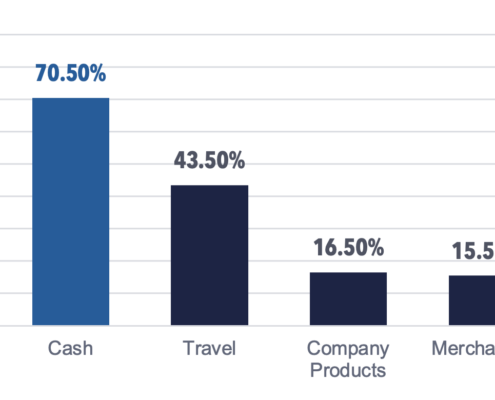Not All Incentives are the Same: Why Incentives Fail
Incentives are often used to motivate people in various settings like work and school. They follow a simple idea: if you do something, you’ll get a reward. However, human behavior is not always straightforward, and using incentives can sometimes have unintended consequences. There are two main problems that can occur: setting the wrong goal (“do this”) and designing the reward poorly (“get that”). Ignoring the complexities of human motivation and not considering the unintended effects of badly designed incentive systems can waste money or create serious problems.
Setting the Wrong Goal:
Sometimes incentive programs focus only on one thing that can be easily measured, like quantity, to track progress and determine rewards. However, this can unintentionally shift attention away from other important factors such as quality, innovation, or teamwork. The designers of these programs often assume that everything else will stay the same once the incentives a
re in place. Unfortunately, introducing an incentive system usually changes the whole situation. If all aspects of the results (like both quantity and quality) are not taken into account, it can lead to disaster.
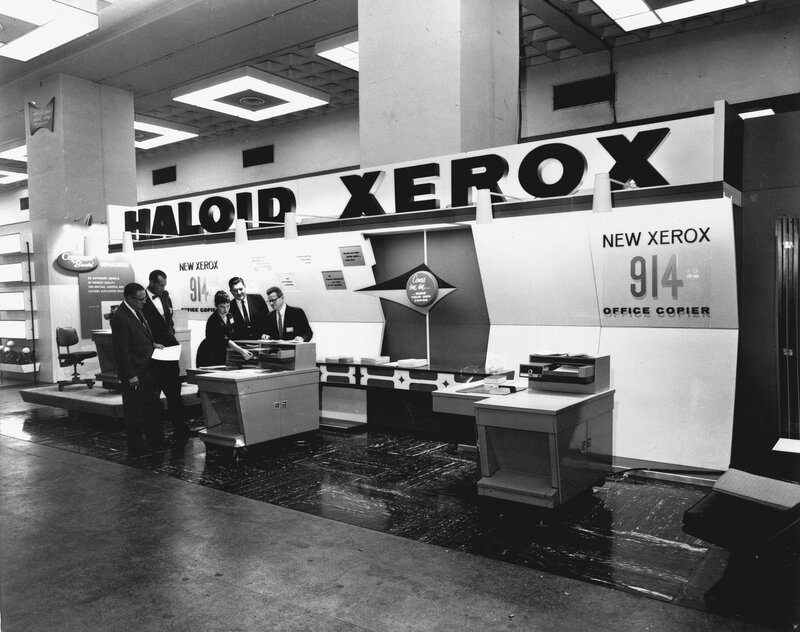 For example, in the late 1950s, Xerox wanted to increase productivity among its service technicians. They introduced an incentive program that rewarded technicians based on how many service calls they completed each day. The idea seemed simple – the more calls a technician handled, the greater the reward.
For example, in the late 1950s, Xerox wanted to increase productivity among its service technicians. They introduced an incentive program that rewarded technicians based on how many service calls they completed each day. The idea seemed simple – the more calls a technician handled, the greater the reward.
At first, it looked like a great way to improve productivity. Technicians would be motivated to handle as many calls as possible, making service more efficient and satisfying for customers. However, once the program started, it didn’t have the desired effects. While the number of service calls increased, customer satisfaction and the quality of service declined.
The problem was that the incentive program only focused on quantity (number of calls) and didn’t consider the quality of service provided. Technicians rushed through calls to maximize their rewards, often offering quick fixes instead of addressing the root problems thoroughly. As a result, more issues came back, as the initial fixes weren’t done properly and required additional service calls.
Xerox realized that their incentive program missed the mark. They revised the program by including quality measurements in the rewards. Technicians were now evaluated and rewarded based on both the number of service calls completed and customer satisfaction ratings. By shifting the focus to both quantity and quality, Xerox managed to align the technicians’ incentives with the company’s broader goals. Consequently, technicians became more careful during service calls, resulting in fewer recurring issues and increased customer satisfaction.
Incentives are powerful tools. Be careful about the design of your program, paying special attention to your goals and any potential for unintended consequences.

